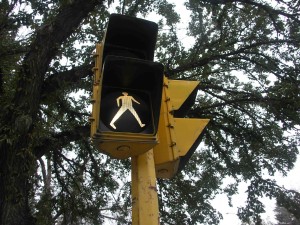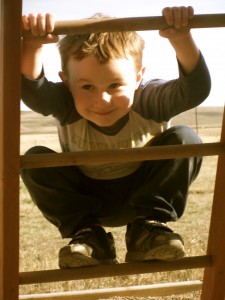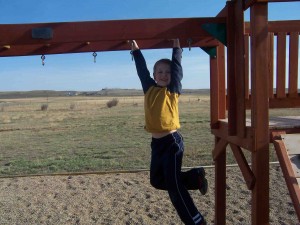 For a presentation during my Master’s studies I brought along some objects to use as learning aids. I was anticipating the multiple learning styles that may be in the classroom. Just prior to my moment in the spotlight, I looked at some of the more tactile items and said, “These are for the kinesthetic learners, although I doubt they made it this far.”
For a presentation during my Master’s studies I brought along some objects to use as learning aids. I was anticipating the multiple learning styles that may be in the classroom. Just prior to my moment in the spotlight, I looked at some of the more tactile items and said, “These are for the kinesthetic learners, although I doubt they made it this far.”
There is a large amount of truth in this statement, but not for the reasons you may predict. Kinesthetic learners are not inferior in learning capacity, nor are they poor at grasping or retaining concepts. The issue lies in the current teaching methods used in university and school classrooms.
Modern lectures, at best, are comprised of slideshows accompanied by ongoing explanations from the teacher. At worst, lessons may be presented only from a textbook – again, a visual medium. These two ends of the spectrum show how prevalent the visual and auditory learning styles are in today’s classroom. But what about the kinesthetic learners?
 Kinesthetic learners gain knowledge through doing and feeling (e.g. some learn best on their feet). If they are to understand the concept of addition, they would rather add physical steps than images on paper. If they are to grasp mechanics, they would rather take a motor apart than study how it works in theory. If they are to memorize anatomy, they would rather touch, feel, poke and prod a dummy.
Kinesthetic learners gain knowledge through doing and feeling (e.g. some learn best on their feet). If they are to understand the concept of addition, they would rather add physical steps than images on paper. If they are to grasp mechanics, they would rather take a motor apart than study how it works in theory. If they are to memorize anatomy, they would rather touch, feel, poke and prod a dummy.
And when you think about it, wouldn’t you rather do that? Imagine learning geometry by acting out shapes. Or understanding DNA replication by being a nucleus. Or grasping neurotransmitters by turning your classroom into a big brain.
In a TED talk by Ken Robinson, he points out that we tend to educate children first from the waist up, then the neck up, then a little to one side, the left side – where mathematics, logic and language are located. Our education systems fail to incorporate the power of learning through physical motion and touch. Not only that, we systematically educate our children away from this method of learning and expression.
 This is a major oversight. After all, the major neurological unit of movement (the cerebellum) is biologically one of the oldest and most important parts of the brain. All of the deliberate actions we make involve the cerebellum.
This is a major oversight. After all, the major neurological unit of movement (the cerebellum) is biologically one of the oldest and most important parts of the brain. All of the deliberate actions we make involve the cerebellum.
Due to the lack of support for their learning style many kinesthetic learners do not reach their full potential. But they can.
The incorporation of methods that could benefit all learners, especially of the kinesthetic style, is easy. Here are a few tips for aiding the kinesthetic learner:
- Bring appropriate objects to touch and interact with.
- Avoid sitting when possible – movement is healthier.
- If sitting is necessary, use chewing gum as a backup motion.
- Review material while dancing, walking, running, showering, doing the dishes, etc. (associating an action with a subject may help your memory).
- Doodle.
- Remember that this learning style is the most easily forgotten. Classrooms were not made for kinesthetic learners, but classrooms aren’t the only place to learn. Find a space.